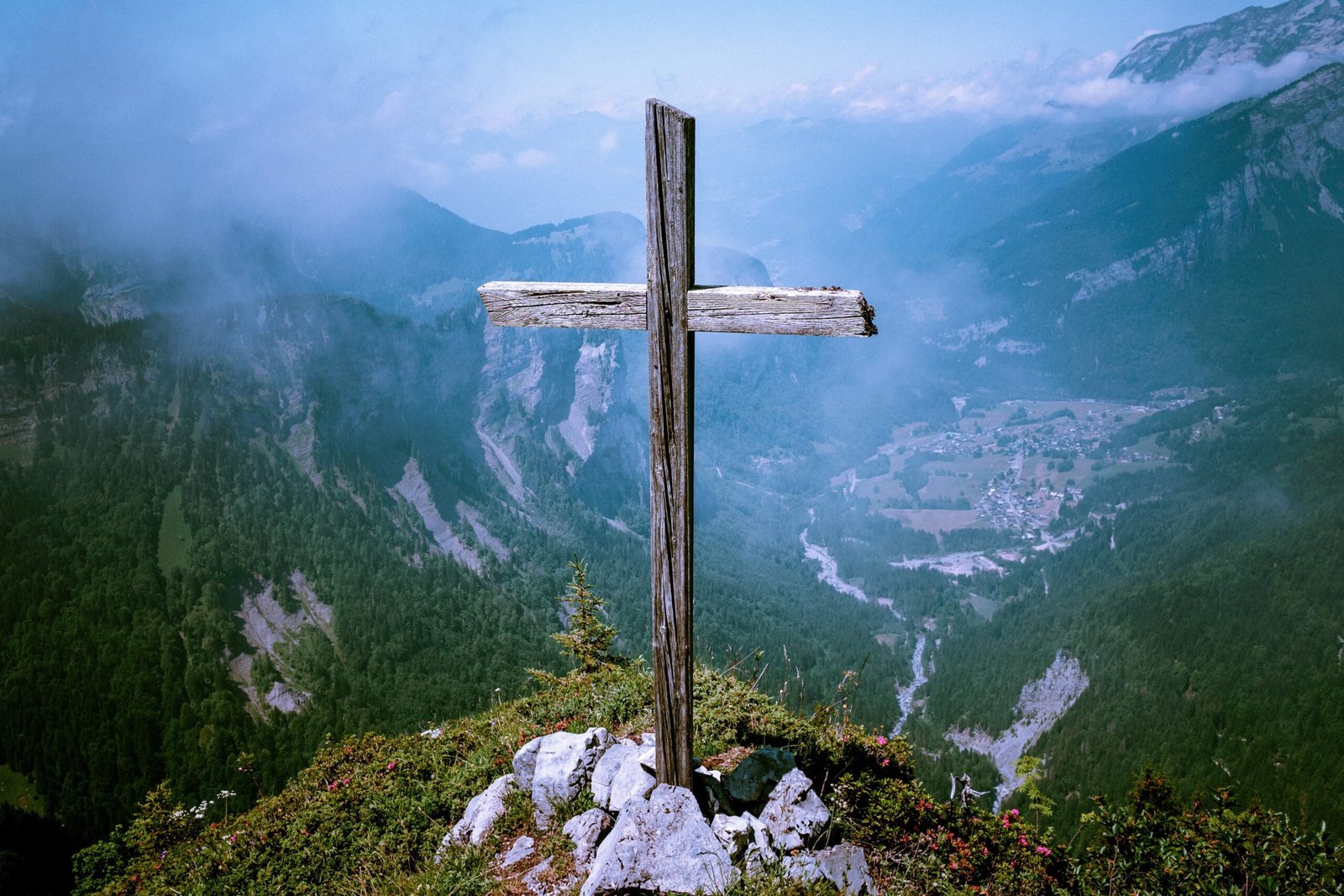Snap out of it! Pea planting weather is just around the corner
If the warmer temperatures prevail and the soil has ample opportunity to dry out, home gardeners in some of the warmer areas in our region (think Champlain and Connecticut River valleys), can begin putting pea plants into their gardens.
If you’re considering peas for your garden this growing season, note that they come in three different types: English or shelling peas, sugar snap and snow peas. Among those types are many variations in color and size.
Some classic varieties of English peas, for example, like “Tall Telephone,” tend to grow quite large and can flop over, so recent breeding has focused on making these English pea plants grow shorter and more disease-resistant.
Look for a variety such as “Strike” and “Maxigolt,” which only grow about two or so feet tall. These English or shelling-type plants will be loaded with peas.
Snow peas come in traditional green, but look for yellow and purple varieties like “Golden Sweet” and “Royal Purple.”
In 1979, Calvin Lamborn cultivated the sugar snap pea, and his family still breeds new varieties, including “Royal Snap,” which is purple, and a gold-colored pea called, “Honey Snap,”
There’s even a pea plant called “Feisty,” which has very few leaves and many tendrils, which can make fun garnishes.
Once you decide on which peas you’d like to add to your gardens, ensure that your plot or raised bed has well-drained soil. Peas won’t germinate if planted in heavy and wet clay soil.
Sow them about an inch apart and then plant greens like lettuces, spinach and arugula nearby. Because the peas fix nitrogen, it goes through the roots, and the lettuces and other greens pick up that nitrogen and grow really well.
In early July, when the pea crop is done and harvested, cut all the plants down and leave the cuttings to use as mulch for a fall crop of squashes, root vegetables or even more greens.
A listener suggestion for an environmentally-friendly alternative to peat moss
Q: I’ve never liked using peat moss-based soil because of its very slow water absorption. Also peat moss is essentially mined from peat bogs, destroying the natural environment. Using compost-based potting soil seems much better environmentally or if possible, maybe some homemade compost. If it’s too wet or heavy, some lighter potting soil can be added. What do you think? – Debbie, via email
A: There are many alternatives to peat moss-based potting soil that don’t destroy peat bogs. Try potting soil that has coir or coconut husk fiber. It’s a really good medium for seed-starting, as well as potting soils.
Or try potting soil that is a mix of coir and compost. Ensure you’re getting sterilized compost, unless you’re great at home composting.
Another product uses shredded up newspaper with wood chips as a seed-starting or potting soil additive.
All Things Gardening is powered by you, our audience! Send us your toughest conundrums and join the fun. Submit your written question via email, or better yet, leave a voicemail with your gardening question so we can use your voice on the air! Call Vermont Public at 1-800-639-2192.
Listen to All Things Gardening Sunday mornings at 9:35 a.m., and subscribe to the podcast to listen any time.












